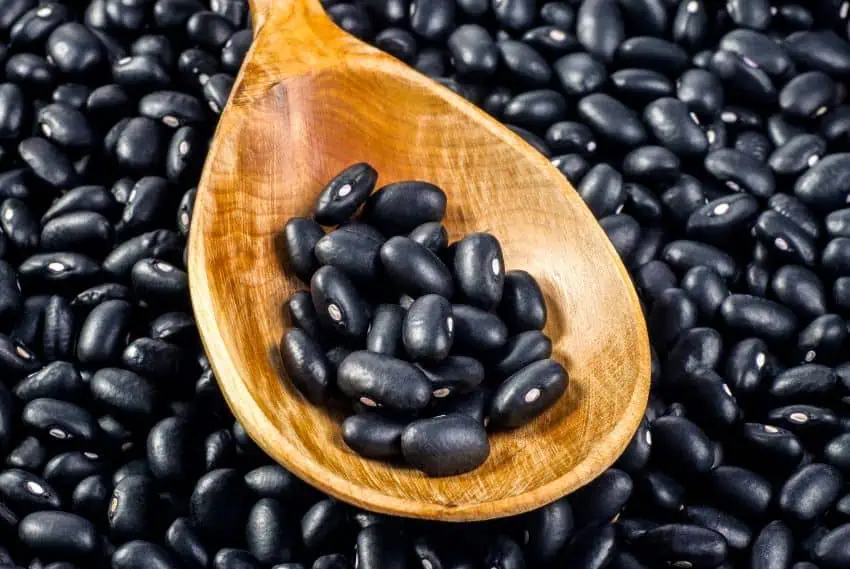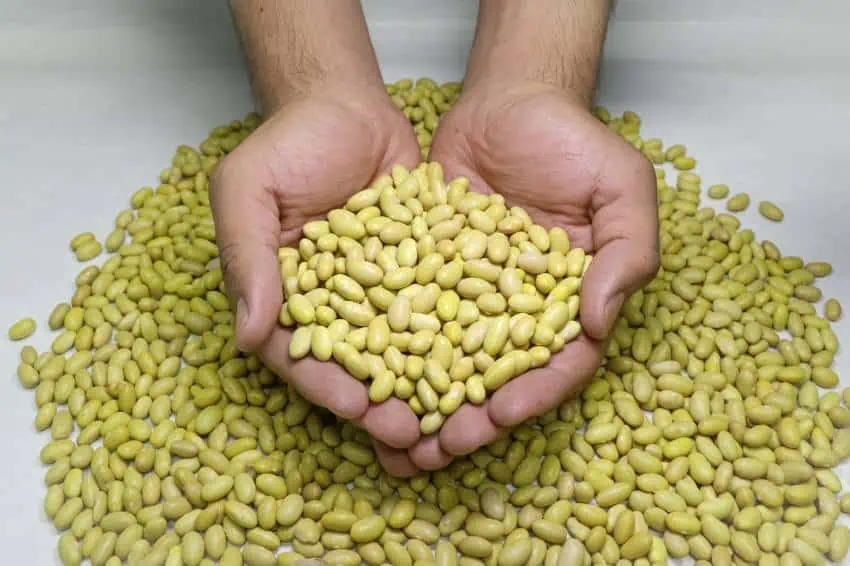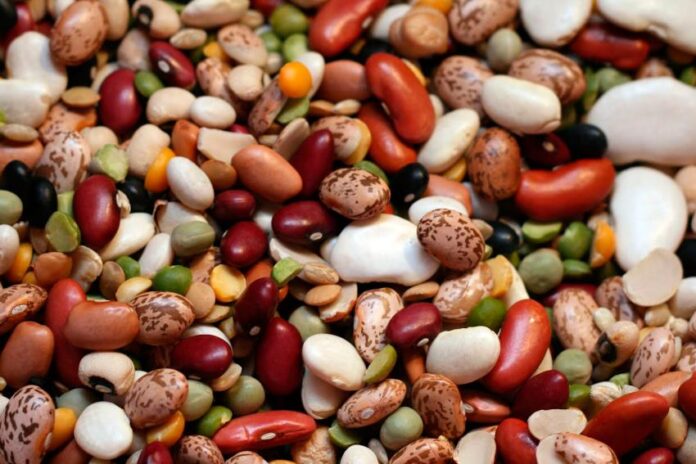It is often said that Mexican culture is built on corn, but beans were as important for the development of the pre-Columbian cultures of Mesoamerica.
Beans have been highly valued since ancient times for their ability to endure extreme temperatures and various altitudes, as well as for the ease with which their seeds can be preserved for years, making them essential during food shortages.

Among the pre-Columbian civilizations, beans were considered a gift from the gods and were often included in rituals and offerings related to rain and fertility. The ancient Maya held beans in such high regard that their foundational book, the Popol Vuh, states that the first men were given corn, beans, peppers and squash as their staple food. Similarly, the Mexica (Aztecs) valued beans and often demanded them as tribute from the communities they governed.
Beans were a crucial component of the milpa, an agricultural system designed to provide the three staple ingredients of the Mesoamerican diet: corn, beans and squash. This system operated in perfect harmony: corn served as a structure for the beans to climb, beans enriched the soil with nitrogen, and squash helped retain moisture throughout the season.
A whole world of beans
There are more than 150 species of beans worldwide, but only 31 are native to Mexico. Some of the most popular and widely consumed varieties include:
- Black beans: Commonly eaten in central and southern Mexico.
- Pinto beans: A favorite in the northern regions, often served with grilled meat.
- Mayocoba and Peruvian beans: Light yellow beans that are predominant in the northwest.
- Flor de mayo and flor de junio beans: pink or beige beans with purple streaks, essential in soups and stews from the Bajío and Altiplano regions.
- Ayocote beans are a climbing variety native to Mexico known for being large and colorful. They have been cultivated since pre-Columbian times and are used in moles and salads.

Are we endangering our bean tradition?
Despite being essential to our ancestors, bean consumption in Mexico has declined significantly in recent decades. In the 1980s, the average Mexican ate 16 kilos of beans yearly, while average consumption in 2024 was only 7.7 kilos, according to a 2021 report by the Ministry of Agriculture (Sader).
Several factors contribute to this decline. Preparing beans requires more time, and our consumption of meat and processed foods has increased. Culturally, beans are often viewed as food for the poor. I remember that whenever someone in my family faced economic challenges, my grandparents would dramatically say, “Even if we can only afford to eat beans, we will remain honorable people.”
Climate change and evolving farming practices have also put many bean varieties at risk. Today, various organizations and communities are working to preserve Mexico’s native beans through the milpa system. Additionally, in late 2024, President Claudia Sheinbaum announced that the federal government would seek to increase bean and corn production by 30% and bring attention back to endemic varieties of corn and beans in order to achieve self-sufficiency in production.
Eat your beans
Beans are a fantastic source of protein, fiber, B vitamins, iron, phosphorus and magnesium. In fact, just one cup of beans provides 50% of the recommended daily intake of fiber. When beans are paired with corn, they create a complete protein source, as they complement corn’s lower protein content.
Incorporating beans into your diet regularly can help lower cholesterol, improve digestion, and stabilize blood sugar levels.
I have fond memories of both my grandparents’ homes, which always had a pot of frijoles de la olla on the stove. When a visitor arrived hungry, my grandparents would serve them a bowl of beans or provide tortillas for making bean tacos.
Frijoles de la olla
Ver esta publicación en Instagram
Frijoles de la olla are the foundation for any recipe that includes beans. You can serve them as a side dish, mash them to create refried beans or blend them into a sauce for enfrijoladas. If you want to enhance their flavor, cook your beans with bacon or chorizo to make delicious frijoles charros. Most importantly, whenever you’re hungry, a bowl of beans not only satisfies your appetite but is also one of the healthiest and most nutritious meals you can enjoy.
To prepare the beans, start by soaking them overnight to enhance their digestibility. The following morning, rinse the beans thoroughly.
- Place the beans in a pot and add double the amount of water.
- Add half an onion and two cloves of garlic to the pot.
- Cook the beans for 90 minutes.
- After cooking, season with salt and add epazote. Let the beans simmer for an additional 30 minutes.
I personally love to begin my mornings with the Mexican classic of eggs and beans. I also enjoy them as a delightful surprise when they’re hidden in a sope or used as stuffing in a panucho or a tlacoyo. They are equally delicious when served as a sauce coating enfrijoladas. Another extremely traditional and ancestral way to enjoy them is in a tamal de frijol.
What’s your favorite way of eating beans?
María Meléndez is a Mexico City food blogger and influencer.
